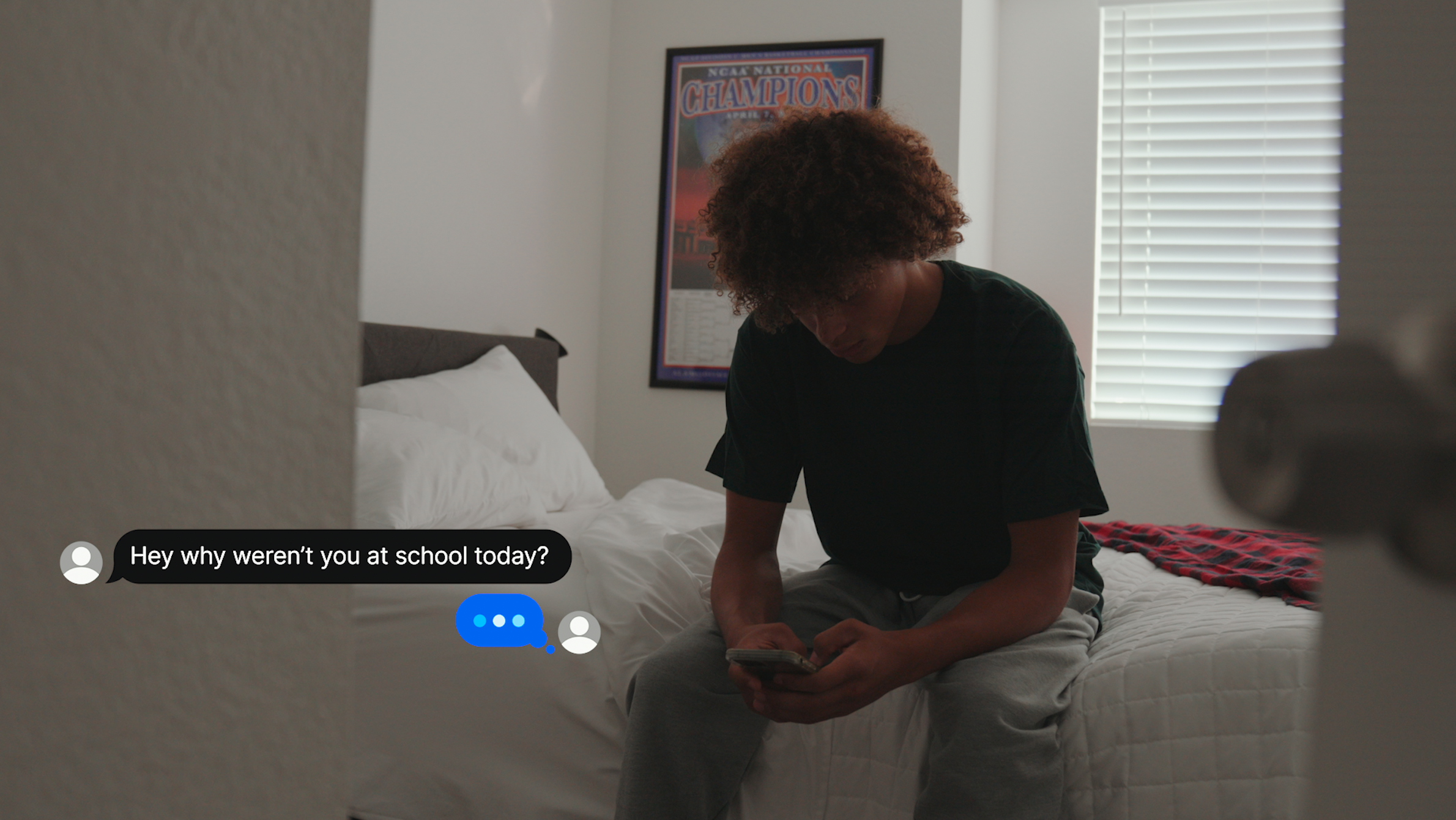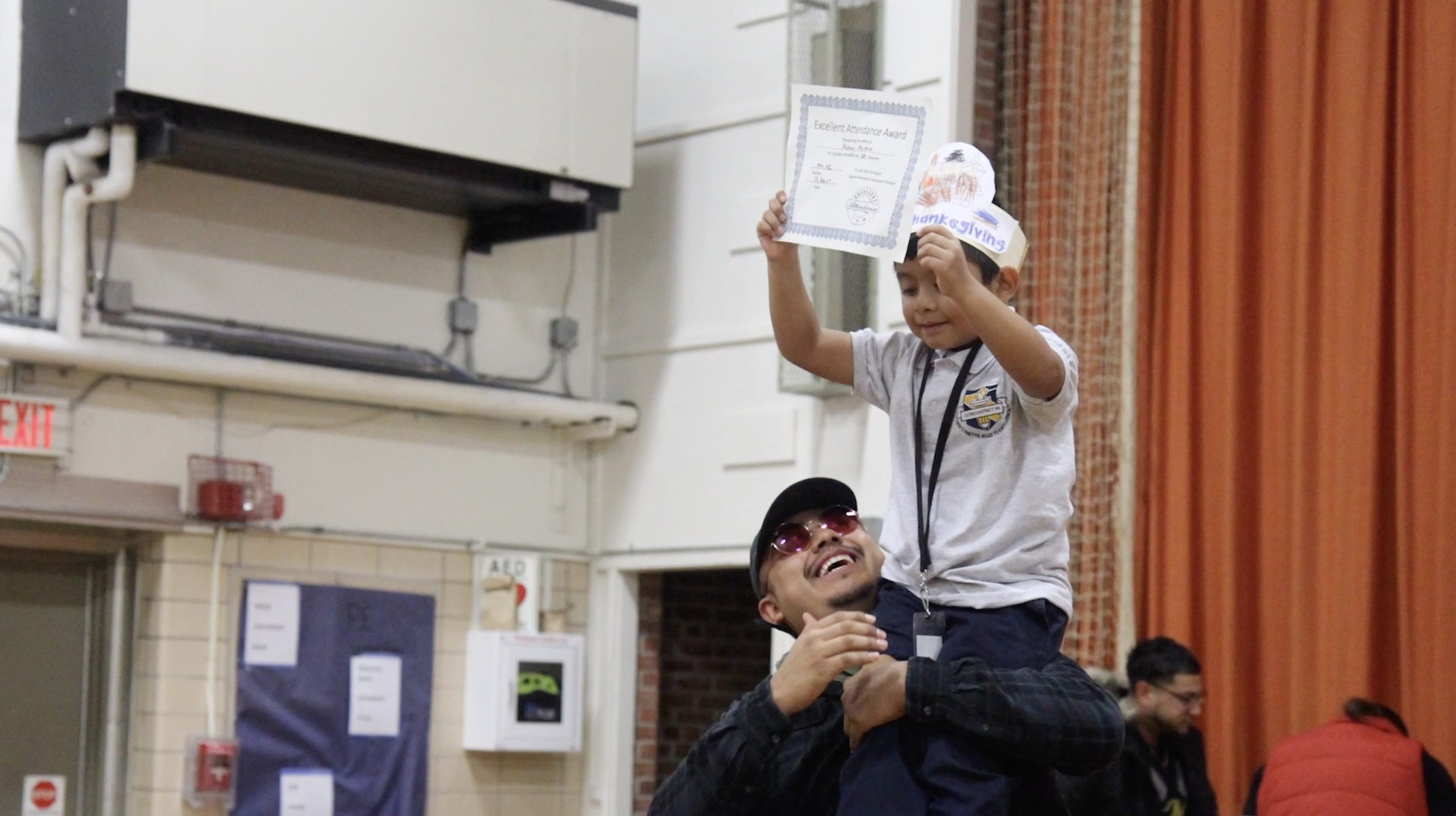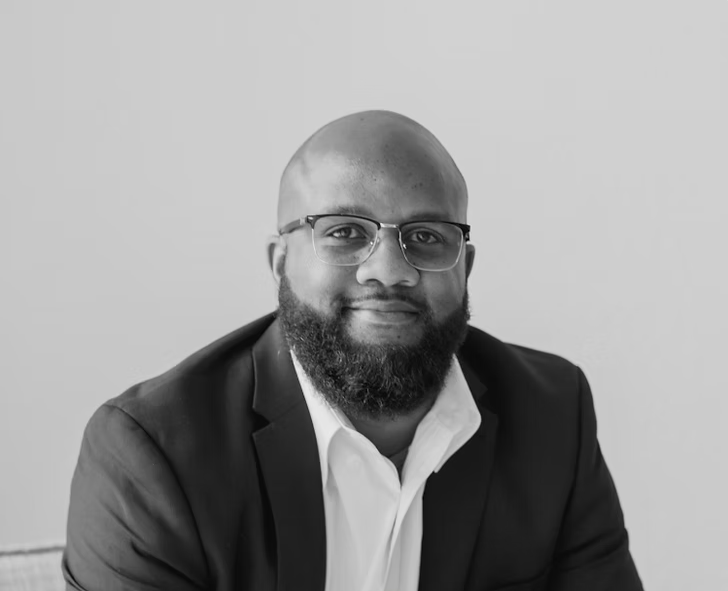Building a Suicide Prevention Protocol: Insights from Wayne-Westland
Schools are often the first line of defense in supporting student mental health and preventing youth suicide. Recognizing this responsibility,...
4 min read
Care Solace Aug 25, 2025 9:20:34 AM

When students don’t show up to school, it’s rarely about laziness or lack of care. For Oceanside Unified School District (OUSD), chronic absenteeism has become a mirror reflecting deeper struggles — from post-pandemic disconnection to unmet mental health needs.
Before COVID-19, the district sounded the alarm when chronic absenteeism reached 11%, a number that once felt like a crisis.
By the 2021–2022 school year, however, 36% of OUSD students were chronically absent, the highest the district had ever seen.
“That number hit us hard,” says Dr. Jordy Sparks, who leads student support and equity initiatives across the district. “But instead of reacting with blame, we paused and asked: Why don’t students feel safe, supported, or motivated to come to school? And how do we change that?”
Three years later, OUSD has cut its chronic absenteeism rate by more than half — now under 18%.
That progress didn’t come from a single program or top-down directive. It came from a mindset shift: treating absenteeism as a whole-child, whole-family issue, rooted in relationships, mental health, and belonging.
“We had to stop seeing attendance as just a number,” Dr. Sparks explains. “Every percentage point is about 2,000 students. That’s 2,000 stories. 2,000 young people making the decision — or feeling like they can’t make the decision — to show up.”
“We’re building what we call a mental wellbeing ecosystem,” says Dr. Sparks. “We don’t want to depend on any single strategy or organization. We want to focus on diverse and sustainable access points.”
OUSD learned that absenteeism looks different depending on grade level:
“For a lot of older students, it becomes academic,” explains Dr. Sparks. “They fall behind and start believing they can’t catch up — and then they stop trying. They tell themselves, ‘What’s the point?’"
Rather than applying a one-size-fits-all response, OUSD staff meet individually with students to build customized re-engagement plans. These plans outline concrete steps to catch up, regain confidence, and return to school with a renewed sense of possibility.
OUSD places a strong emphasis on student and family voice:
“We’re not trying to ‘fix’ families,” says Dr. Sparks. “We’re building relationships — so families feel like true partners, not problems to solve.”
For OUSD, addressing absenteeism has meant building a web of supports rather than relying on any one program. Partnering with Care Solace has been a critical part of that effort.
“Care Solace has given our schools and families another doorway into care,” explains Dr. Sparks. “Sometimes a student or family just doesn’t have the support they need, and having this option in our toolkit makes all the difference.”
Staff members have found the platform especially helpful when a student needs immediate access to services outside of school. Families appreciate knowing they can reach out any time, in any language, and be connected to a trusted provider. Importantly, Care Solace follows up directly with schools, allowing school staff to ensure students are supported consistently.
The feedback has been overwhelmingly positive. “When people experience Care Solace, the feedback is good,” says Dr. Sparks. “It gives our families and staff confidence that there’s always another access point.”
One of the most powerful outcomes has been re-engaging students who had slipped away from school altogether. In many cases, once a student returns to regular attendance, they are immediately connected with some form of ongoing support—sometimes formal therapy, sometimes simply regular check-ins with a trained adult.
“It isn’t always about intensive counseling,” Dr. Sparks notes. “Sometimes it’s about building healthy habits and knowing someone is consistently checking in. That ongoing connection can completely change the trajectory for a student.”
The results are encouraging:
But OUSD leaders emphasize this is only the beginning.
“There’s no finish line,” Dr. Sparks says. “This is ongoing work — listening, adjusting, and showing up with empathy.”
Next steps include:
“If we want students to show up, school has to feel like it’s for them,” Dr. Sparks reflects. “Not just academically — but emotionally, culturally, and relationally. We’re working every day to make sure when they walk through those doors, they feel seen and valued.”
Chronic absenteeism isn’t just about missing school. It’s about disconnection — and Oceanside Unified is proving that the antidote is community, care, and empathy.

Schools are often the first line of defense in supporting student mental health and preventing youth suicide. Recognizing this responsibility,...

At Cicero Public Schools (D99), student success is about more than just academics—it’s about educating the whole child. Through a Multi-Tiered System...

The demand for culturally relevant and equitable care has never been more pressing. Dr. Aaron Henderson, a therapist, professor, and social justice...